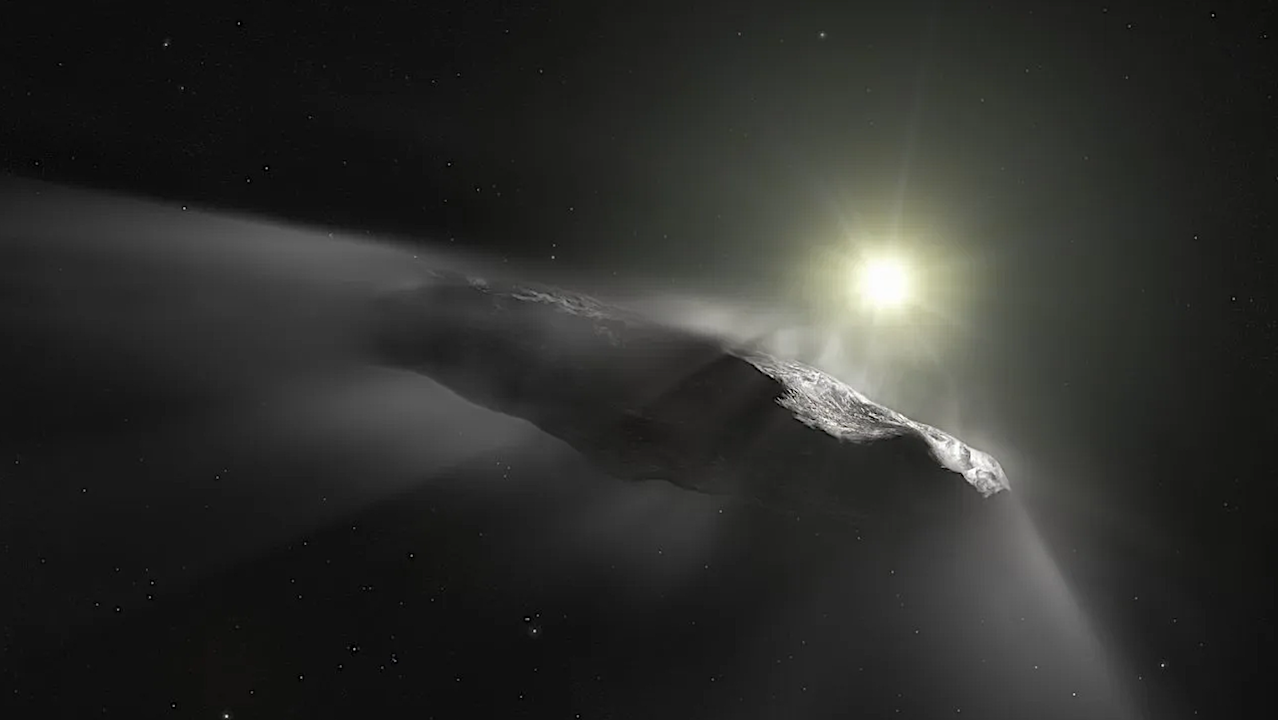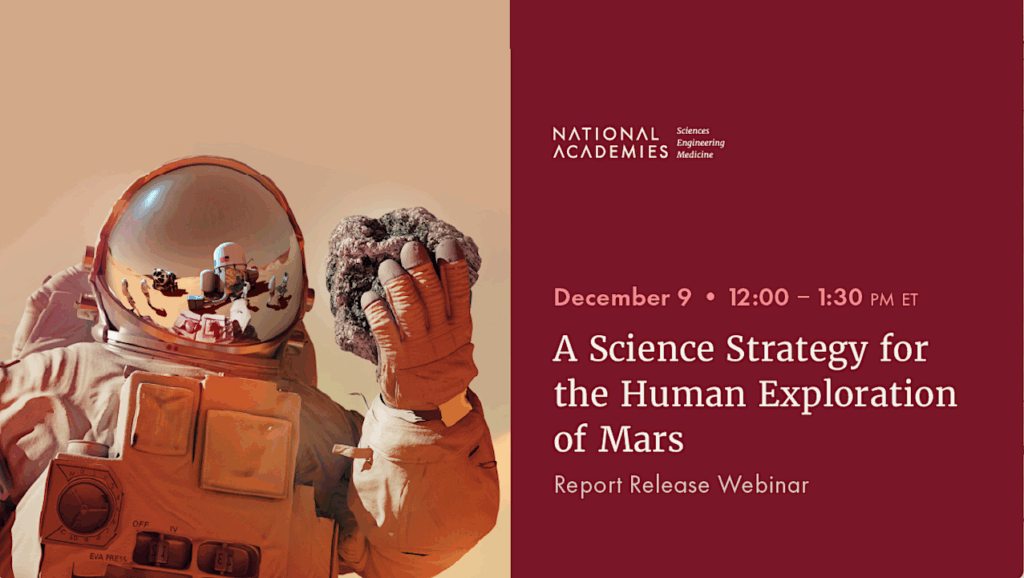Predicting Interstellar Object Chemodynamics With Gaia

The interstellar object population of the Milky Way is a product of its stars. However, what is in fact a complex structure in the Solar neighbourhood has traditionally in ISO studies been described as smoothly distributed.
Using a debiased stellar population derived from the Gaia DR3 stellar sample, we infer that the velocity distribution of ISOs is far more textured than a smooth Gaussian. The moving groups caused by Galactic resonances dominate the distribution. 1I/`Oumuamua and 2I/Borisov have entirely normal places within these distributions; 1I is within the non-coeval moving group that includes the Matariki (Pleiades) cluster, and 2I within the Coma Berenices moving group.
We show that for the composition of planetesimals formed beyond the ice line, these velocity structures also have a chemodynamic component. This variation will be visible on the sky. We predict that this richly textured distribution will be differentiable from smooth Gaussians in samples that are within the expected discovery capacity of the Vera C. Rubin Observatory.
Solar neighbourhood ISOs will be of all ages and come from a dynamic mix of many different populations of stars, reflecting their origins from all around the Galactic disk.
Fraction of the ISOs entering the inner Solar system with fH2O < 0.25 (‘sandy’) at each velocity and age. Low-fH2O ISOs are preferentially found in moving groups and low V , and at higher ages. — astro-ph.EP
Matthew J. Hopkins, Michele T. Bannister, Chris Lintott
Comments: Submitted to AJ
Subjects: Earth and Planetary Astrophysics (astro-ph.EP); Astrophysics of Galaxies (astro-ph.GA)
Cite as: arXiv:2402.04904 [astro-ph.EP] (or arXiv:2402.04904v1 [astro-ph.EP] for this version)
https://doi.org/10.48550/arXiv.2402.04904
Focus to learn more
Submission history
From: Matthew Hopkins
[v1] Wed, 7 Feb 2024 14:35:11 UTC (1,638 KB)
https://arxiv.org/abs/2402.04904
Astrobiology








